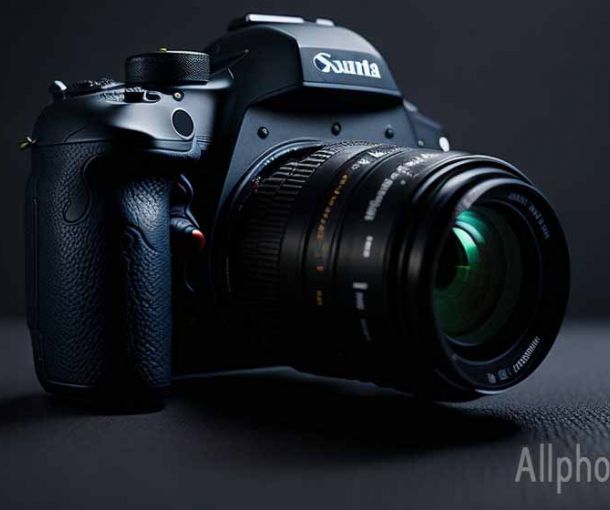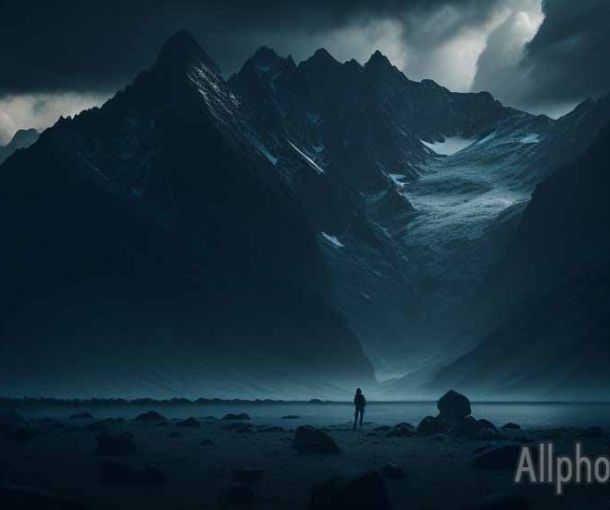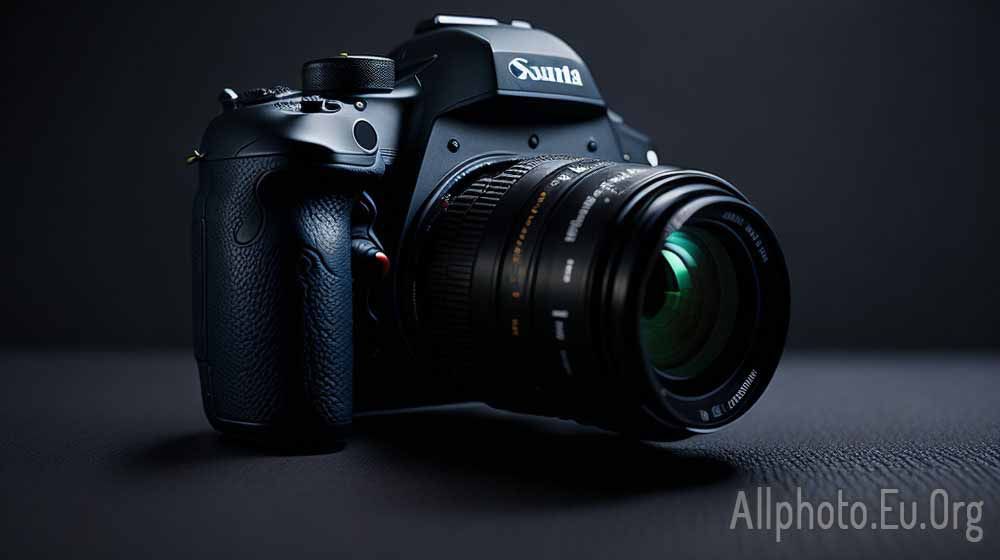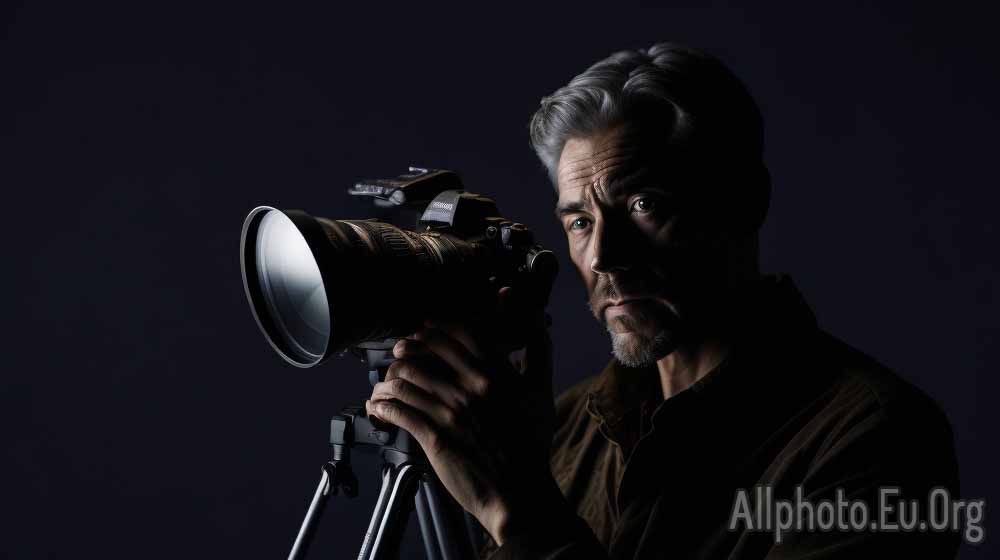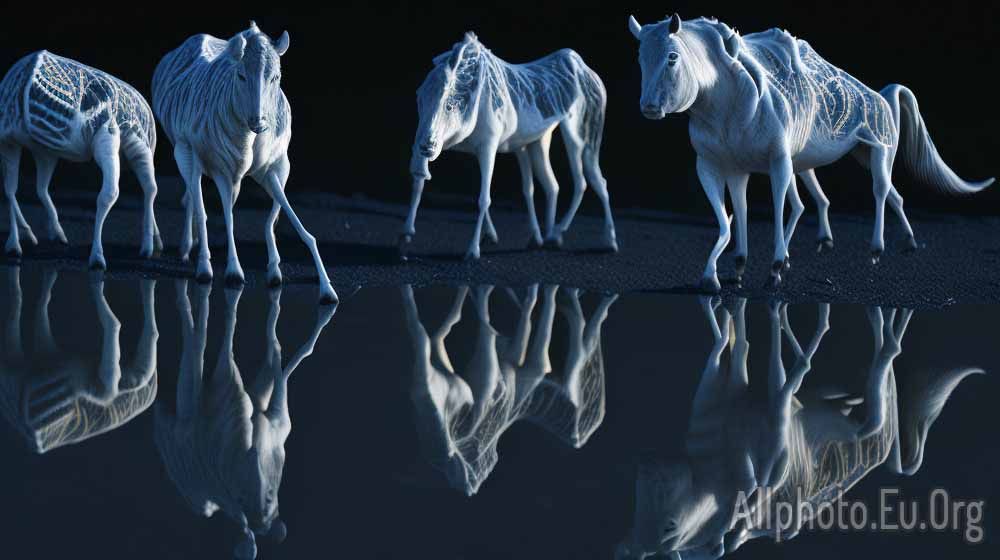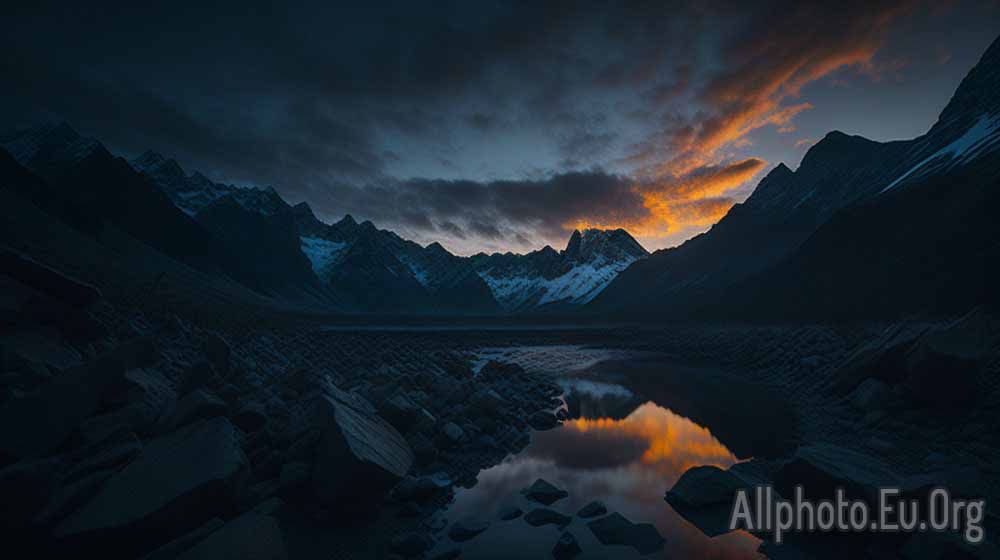The Art of Capturing Reflections in Architecture Photography: Creating Symmetry and Visual Interest
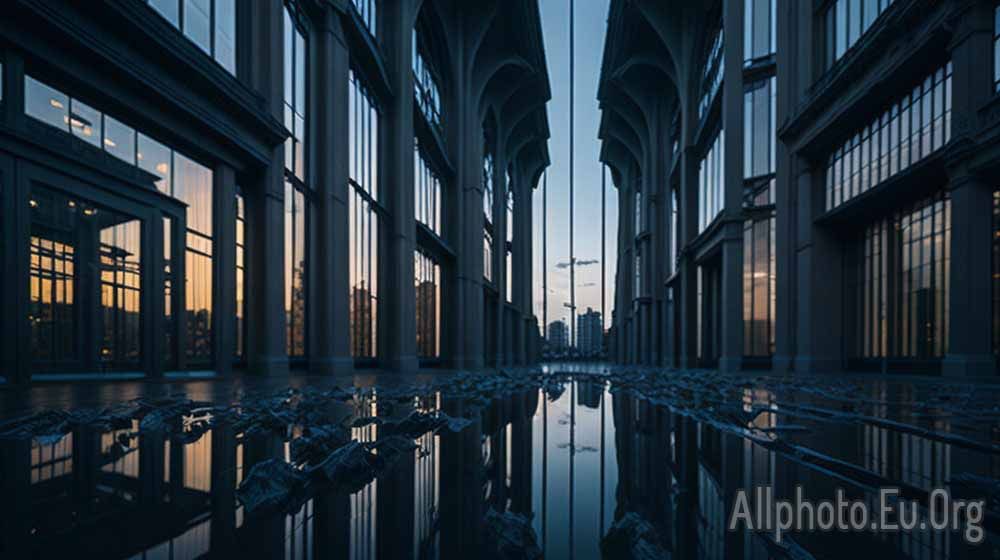
Architecture photography is a discipline that requires a keen eye for detail, an understanding of light, and the ability to capture the essence of a building. One of the most important elements in architecture photography is capturing reflections. Reflections add a sense of symmetry, visual interest, and depth to an image, and can elevate an ordinary shot into a work of art.
In this article, we will explore the art of capturing reflections in architecture photography and provide tips and techniques to help you create stunning images.
Understanding Reflections
Reflections occur when light bounces off a surface and travels to our eyes. In photography, reflections can be captured on a variety of surfaces, including water, glass, and shiny metals. The angle at which the light hits the surface and the angle at which it is reflected determine the intensity and direction of the reflection.
When capturing reflections in architecture photography, it's important to keep in mind that the reflection will be a mirror image of the subject. This means that if the subject is not symmetrical, the reflection will not be either.
Finding Reflections
The first step in capturing reflections in architecture photography is to find a reflective surface. Look for surfaces that are shiny or reflective, such as glass facades, water features, or metallic elements.
One of the most common reflective surfaces in architecture photography is glass. Glass facades are a popular design feature in modern architecture, and they offer photographers an opportunity to capture reflections of the surrounding environment. Look for buildings with large glass facades, and try to capture the reflection of the sky, other buildings, or even people.
Water is another great reflective surface. Pools, fountains, and ponds offer photographers a chance to capture symmetrical reflections of buildings and their surroundings. When photographing reflections in water, try to capture the image at an angle that minimizes distortion caused by ripples or waves.
Using Reflections for Symmetry
Reflections are an excellent tool for creating symmetry in architecture photography. Symmetry refers to a balanced arrangement of elements, and it is a powerful compositional tool in photography. By using reflections, photographers can create a sense of balance and harmony in their images.
To create a symmetrical image using reflections, look for a reflective surface that offers a clear reflection of the subject. Position yourself so that the reflection is centered in the frame, and adjust your composition to include the surrounding environment.
When shooting symmetrical reflections, it's important to pay attention to the horizon line. If the horizon is not level, the reflection will be skewed and the symmetry will be lost. Use a tripod to ensure that your camera is level and your horizon line is straight.
Creating Visual Interest with Reflections
In addition to creating symmetry, reflections can also add visual interest to an image. Reflections can create a sense of depth and dimensionality, and they can add texture and color to an otherwise ordinary scene.
To create visual interest using reflections, look for surfaces that offer distorted or abstract reflections. For example, a rippled pool or a curved glass facade can create a distorted reflection that adds a sense of surrealism to the image.
Another technique for creating visual interest with reflections is to use them to frame the subject. Look for reflective surfaces that create a natural frame around the subject, and adjust your composition to include the reflection as part of the image.
Tips for Capturing Reflections
Here are some tips to help you capture reflections in your architecture photography:
- Use a polarizing filter: A polarizing filter can help reduce glare and improve the clarity of reflections.
- Use a tripod: A tripod can help you keep your camera steady and level, ensuring that your images are sharp and symmetrical.
- Shoot during golden hour: The warm, soft light of golden hour can create beautiful reflections and add warmth and color to your images.
- 4Experiment with angles: Try shooting reflections from different angles and perspectives to find the most interesting and compelling composition.
- Look for interesting reflections: Keep an eye out for reflections that create interesting patterns, shapes, or colors. Don't be afraid to experiment and try new things.
- Pay attention to the surroundings: Reflections don't exist in a vacuum - they reflect the surrounding environment. Be aware of what's around you and use it to your advantage.
- Use post-processing tools: Post-processing tools like Lightroom or Photoshop can help enhance and improve the clarity and color of your reflections.
In conclusion, capturing reflections in architecture photography is an art form that requires patience, creativity, and technical skill. By understanding the basics of reflections, finding interesting surfaces, and using symmetry and visual interest to your advantage, you can create stunning images that capture the beauty and complexity of the built environment. Remember to experiment, have fun, and keep learning as you continue to refine your skills as an architecture photographer.
To take your architecture photography to the next level, mastering the art of capturing reflections is essential. By understanding the technical aspects of reflections, finding reflective surfaces, and using symmetry and visual interest, you can create stunning images that capture the beauty of the built environment. Use a polarizing filter, a tripod, and shoot during golden hour to enhance your images. Experiment with angles, pay attention to surroundings, and use post-processing tools to refine your images. Improve your architecture photography with the art of capturing reflections.
Tags
Latest Articles
Most Read
All Tags
Subscribe
Donate
Please consider supporting our efforts.
© 2023 All-Photo.Cf All rights reserved.



